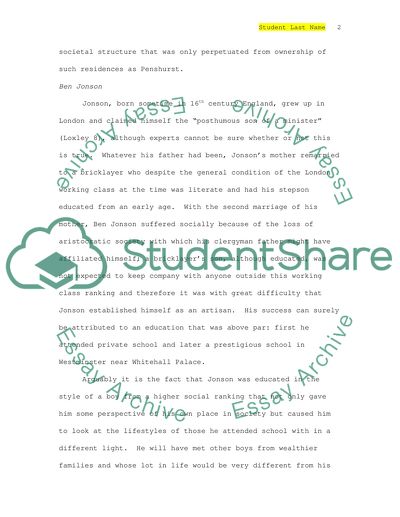Cite this document
(Ben Jonsons Poem to Penshurst Literature review, n.d.)
Ben Jonsons Poem to Penshurst Literature review. Retrieved from https://studentshare.org/sociology/1542708-research-paper-poetry
Ben Jonsons Poem to Penshurst Literature review. Retrieved from https://studentshare.org/sociology/1542708-research-paper-poetry
(Ben Jonsons Poem to Penshurst Literature Review)
Ben Jonsons Poem to Penshurst Literature Review. https://studentshare.org/sociology/1542708-research-paper-poetry.
Ben Jonsons Poem to Penshurst Literature Review. https://studentshare.org/sociology/1542708-research-paper-poetry.
“Ben Jonsons Poem to Penshurst Literature Review”, n.d. https://studentshare.org/sociology/1542708-research-paper-poetry.


